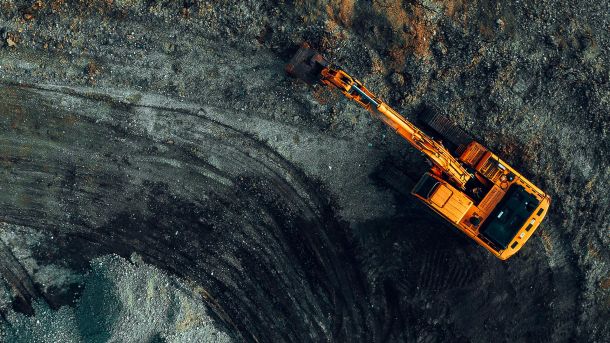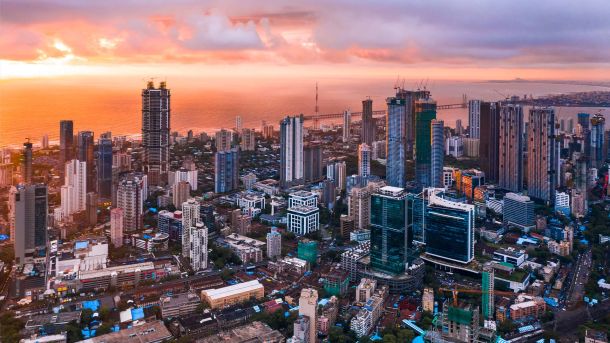
n December 2024, producer price inflation saw a modest annual increase of 0.7%, following a slight deflation of 0.1% in November. Production costs for food and beverages rose by 4.2%, contributing 1.2 percentage points to the month’s overall producer inflation.
While several segments within the producer price inflation basket continue to experience deflation, notable declines were observed in the coke, petroleum, chemicals, rubber, and plastic products categories, which fell by 4.7% year-on-year compared to an 8.1% decrease in November.
Production costs for intermediate goods showed a slight rise, increasing from 5.7% in November to 5.8% in December, with a month-on-month price increase of 0.6%. The primary contributors to this annual increase included basic and fabricated metals, as well as chemicals, rubber, and plastic products, which added 2.6 and 2.4 percentage points respectively. Monthly producer price inflation was influenced by a 0.3% rise in chemicals, rubber, and plastic products, contributing an additional 0.3 percentage points, and a 7.4% increase in textiles and leather goods, which also added 0.3 percentage points. Meanwhile, water and electricity costs remained high, rising 10.3% annually in December, following an 11.2% increase in November.
In the primary sector, mining costs contracted by 1.5% after a 0.2% decline in November. In contrast, the agricultural sector reported a 4.7% increase in production costs, up from a 3.6% increase in the previous month.
Overall, the trend in producer price inflation seems positive for inflation expectations in South Africa, as most costs appear contained for now. Producer inflation serves as a leading indicator of overall inflation in the economy. However, the ongoing rise in prices for intermediate goods, particularly for water and electricity, remains a concern, as these rates exceed the South African Reserve Bank’s (SARB) target range of 3% to 6%. Current producer inflation figures suggest that consumer inflation levels are likely to remain low and stable in the short term, with no immediate inflationary risks from production costs as we head into 2025.





